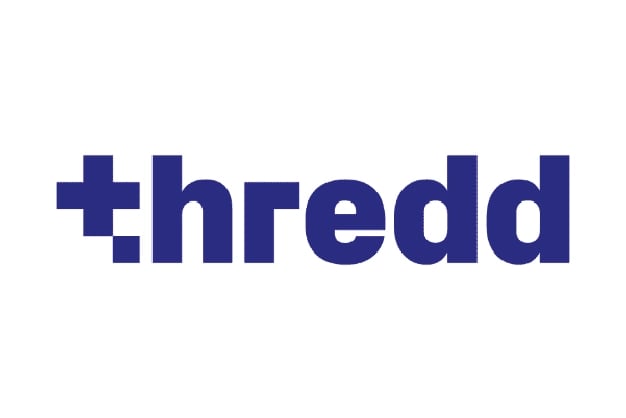Digital payment solutions for card issuers and merchants
Are you looking to implement a mobile wallet or improve the user experience of your payment solutions? Join the ranks of businesses that have experienced remarkable results with MeaWallet.
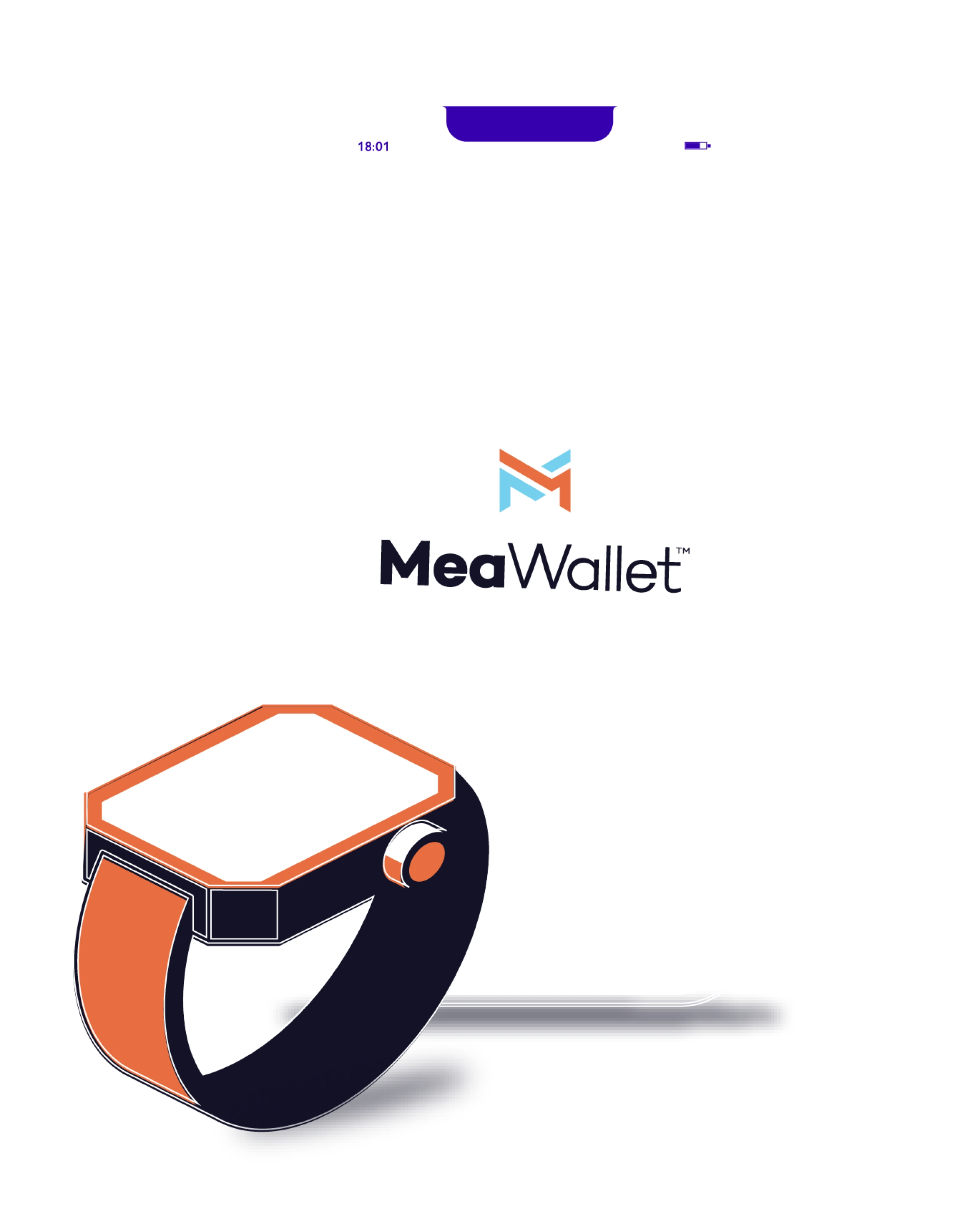
We can help you with:
Why MeaWallet?
10+ years
of tokenisation and payment industry experience
Certified partner
of Mastercard, Visa, American Express, and eftpos
One platform,
one integration point for all major card schemes and wallets
Modular products,
compatible with other solutions
Easy onboarding
and working wallet within three months
Flexible pricing,
no start-up costs

Latest blogs
MeaWallet Achieves PCI DSS v4.0 Certification with 7Security, Reinforcing Commitment to Payment Data Security
03 April - MeaWallet, a leading digital payments enabler renowned for its expertise in card tokenization, announces its achievement of the PCI DSS...
MeaWallet Launches Mea Card Gateway: A Secure and Flexible Platform for Handling Payment Card Data
20 March - MeaWallet, a leading digital payments enabler specialising in card tokenization, today announces the launch of its global Mea Card...
MeaWallet Provides Tokenization Services for Fondeadora
13 March - MeaWallet, a leading digital payments enabler specialising in card tokenization, announces its partnership with Fondeadora, Mexico's...
MeaWallet Crowned Winner for Issuance – Agility at Mastercard Excellence Awards in LAC
7 March - MeaWallet, a leading digital payments enabler specialising in card tokenization, proudly announces its recognition as the winner of the...
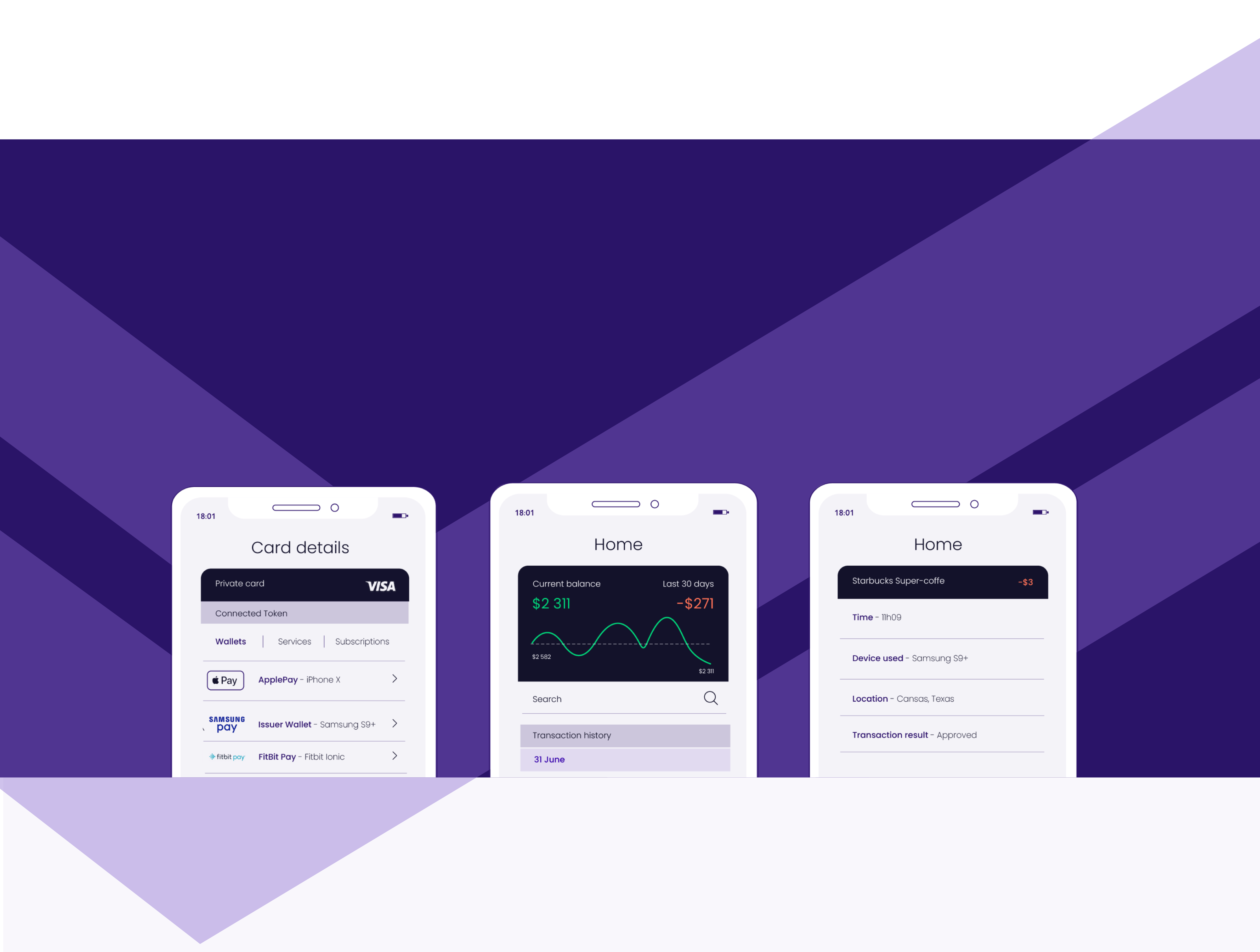
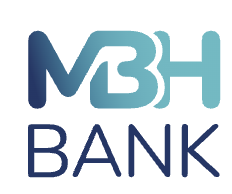






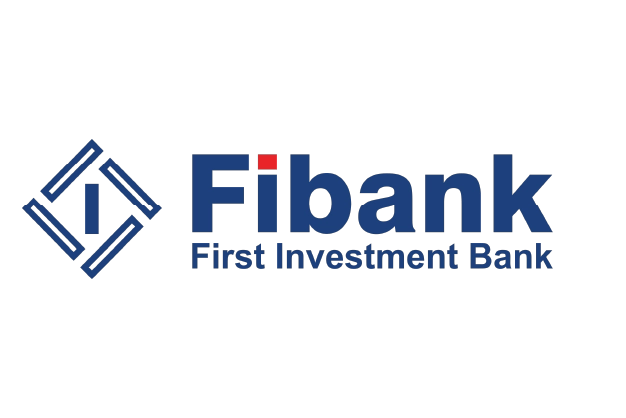

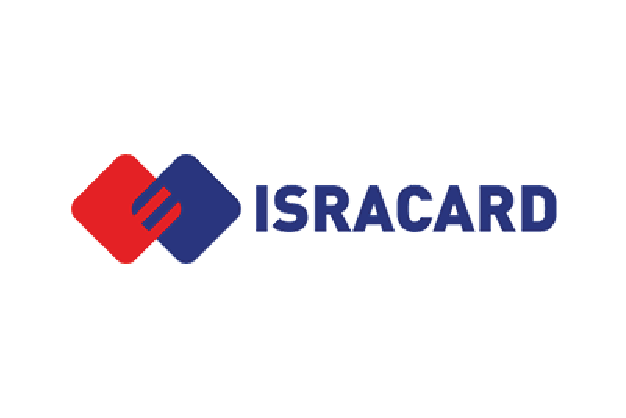

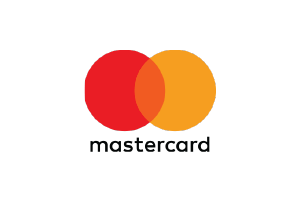
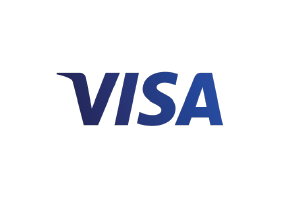
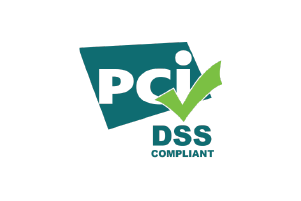



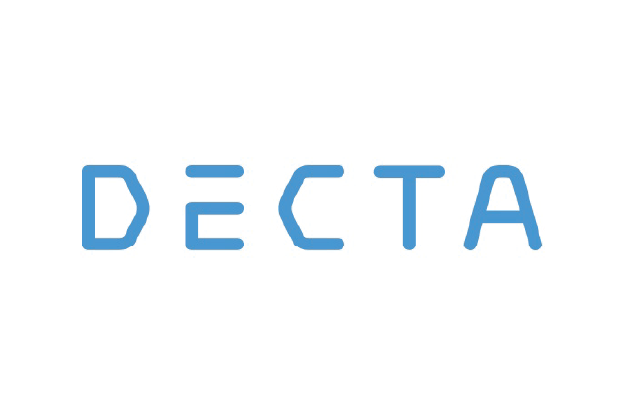

.webp?width=626&name=paymentology_logo%20(meawallet).webp)

